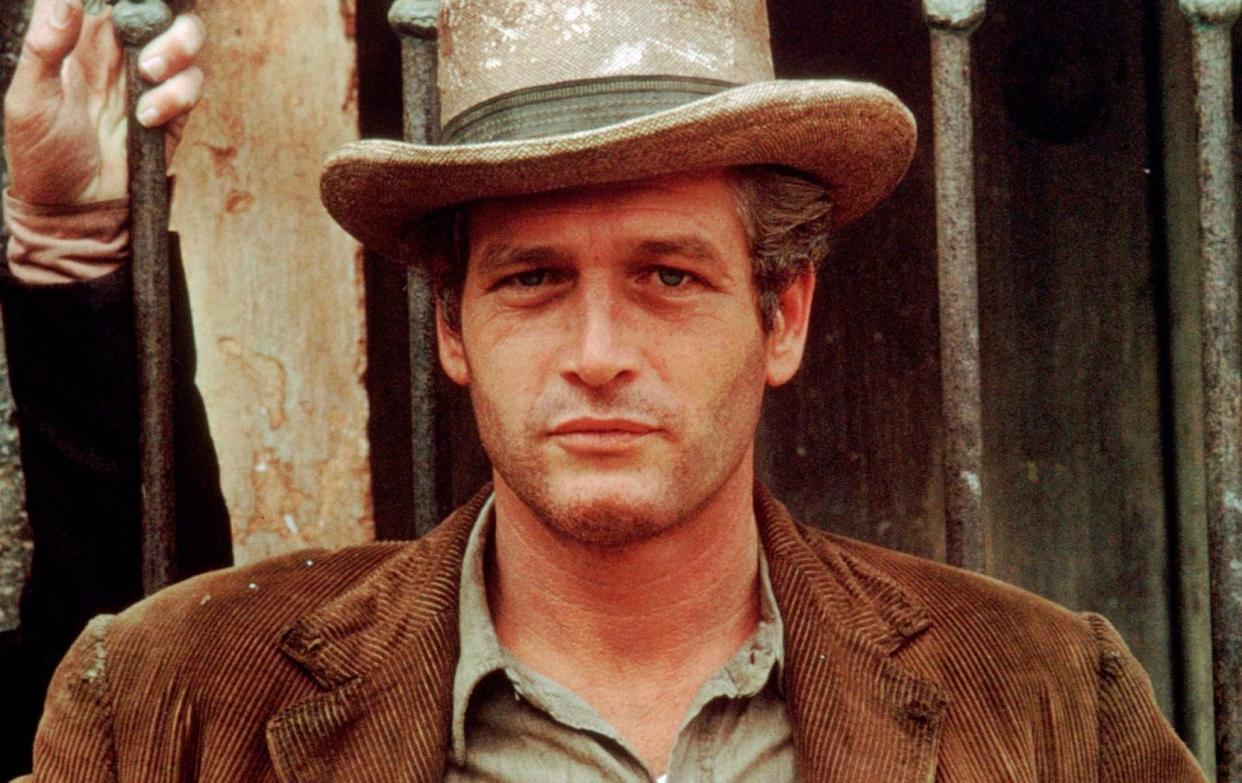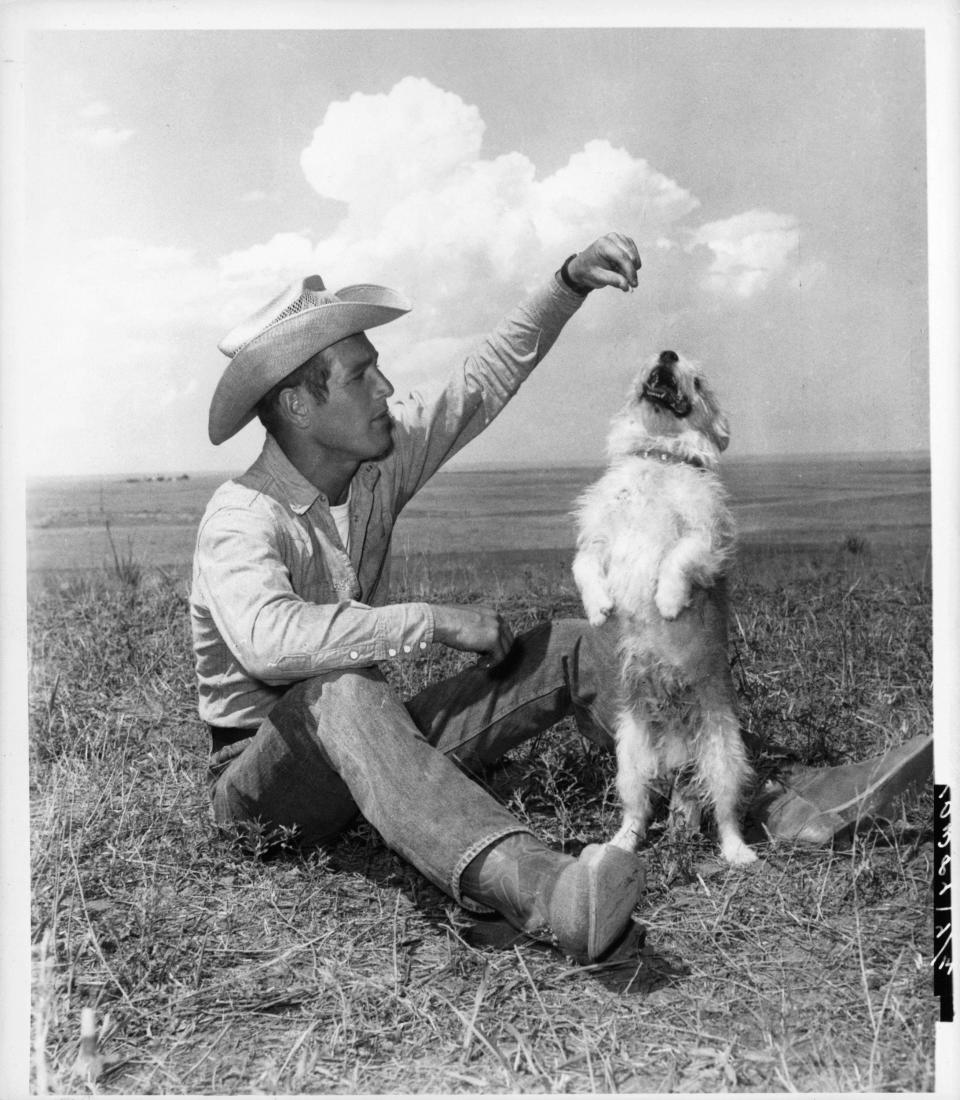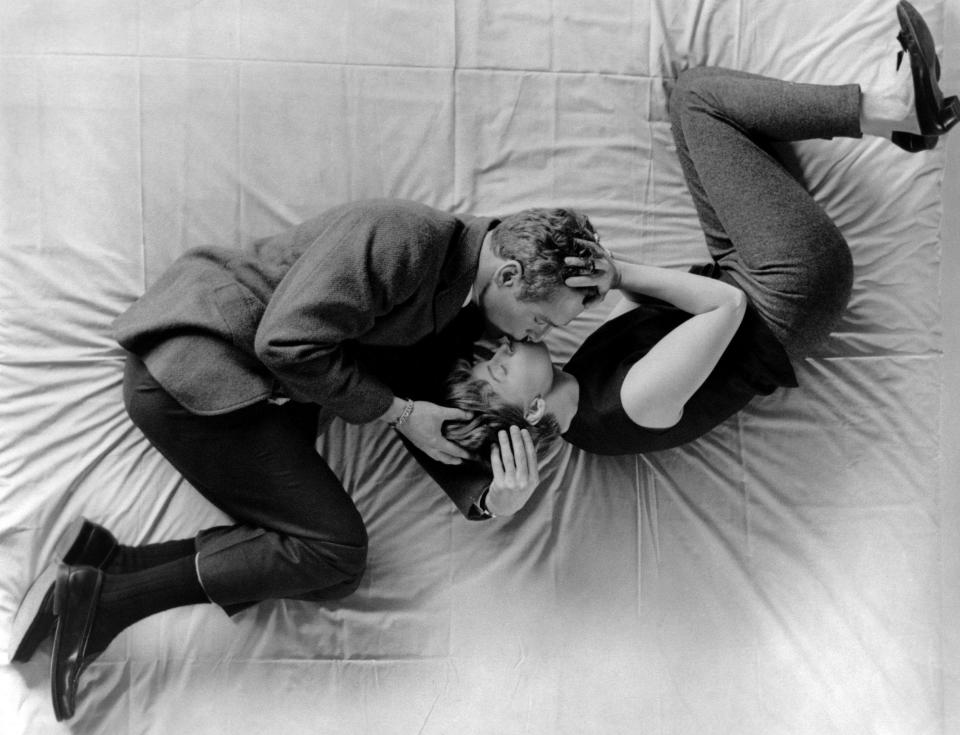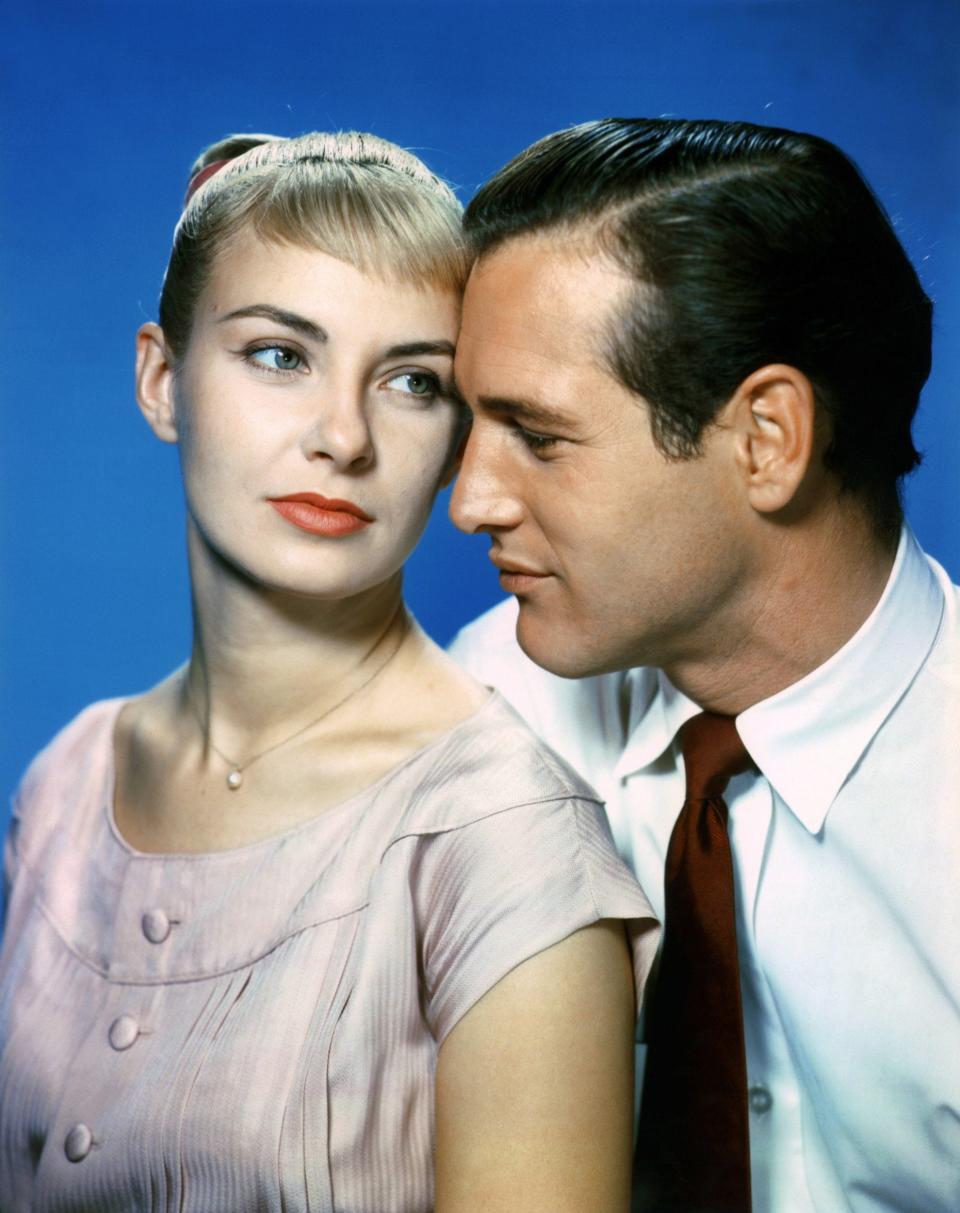What is it like to be a male sex symbol? Paul Newman's eye-popping posthumous memoir tells all

Paul Newman was not a natural. “Exceedingly inhibited and painfully shy” – that’s according to his Cool Hand Luke director, Stuart Rosenberg, one of many who watched the gruelling battles he waged to vanquish nervous tensions on set. To become a star, he presented a certain slouching, all-American front, and then worked even more intensely to dismantle it.
Acting delighted Paul’s mother, the Hungarian immigrant Theresa Newman, née Terézie Fecková, who didn’t do much to encourage her son’s masculinity. “She was always fluttering around,” in the words of Newman himself, “trying to put on my eyelashes and straighten my lipstick when I escaped to football practice”. Joanne Woodward, Newman’s wife of 50 years, puts it more succinctly: “He was her doll.”
Startling insights drop on every page of Newman’s posthumous memoir – edited down from dozens of conversations he taped from 1986 to 1991 with Stewart Stern, a friend who wrote several of his films. As cassette tapes piled up, these two became daunted by the project and dropped it. Long after Newman’s death in 2008, the transcripts then couldn’t be found, until someone did a deep trawl in a family storage unit.
What the Newman clan have now sculpted with an editor, David Rosenthal, is two-thirds autobiography, one-third oral history, and proof that not even those who knew Newman best – as sounded out by Stern, in between passages in Newman’s own voice – can necessarily agree what kind of man he was.
After two beers he’d be relaxed, affable, engaged. After 12 of them, he’d get ugly and fulminate sourly about his failings, or go joyriding in sports cars with his son Scott. The latter would go off the rails and die of a drug overdose at 28, perversely inflaming the very self-destructive tendencies Newman could never forgive himself for passing down.

No account of Newman fascinates more than his own. He blazes off the page as a painfully honest mass of contradictions, who evidently looked to these interviews as a form of confessional, despite no abiding religious belief. On page one, he calls the book “the story of a little boy who became a decoration for his mother”, while lamenting the core of himself lost inside.
These two halves of him – “the orphan and the ornament”, his words – were wildly tough to reconcile. They essentially explain the entire challenge of his stardom: to put himself out there as the blue-eyed boy on all the posters – the most bankable, beautiful male Hollywood icon of his day – while suffering inner crises of confidence at every turn.
A loathing of the celebrity circus would never cease, tied to a horror of being objectified as just the latest slab of beefcake, when he wanted to be treated as so much more. He’d be pawed at by drunken strangers in bars, mistaken for Brando, or papped relentlessly with Woodward in foreign cities. It was Brando, in fact – his immediate predecessor as brooding Method champ – who showed Newman he had the right to ditch studio protocol and say no.
The deep privacy of the man was what made his self-exposure on screen so riveting. Everyone saw in The Verdict (1982) how he found his very core in Frank Galvin, an alcoholic, ambulance-chasing Boston lawyer, a performance many consider, rather than The Color of Money (1986), his most Oscar-worthy achievement.
Newman knew he had the knack to be a more than decent director, and showed it numerous times. But he downplays his raw acting talents as negligible next to a Brando or a Fredric March, putting his success down to a combination of heaven-sent handsomeness and ceaseless striving to do the best he could. As a vocation, it had started as a way to hide. He dislikes his early work: even the star-making sexiness, he says, was imposture, essentially adolescent play-acting.
Woodward, whom he met while understudying on the Broadway production of Picnic in 1953, was responsible for fully unlocking him as an adult sexual entity. “She taught him, she encouraged him, she delighted in the experimental,” he says of this man-boy. “I was in pursuit of lust. I’m simply a creature of her invention.”

Thanks to Ethan Hawke’s documentary The Last Movie Stars, it has already entered legend that Woodward converted a junk room in one LA rental home into what she called “the F--- Hut”, with only a thrift-store bed and an ice bucket inside, and a fresh paint job. They drove each other crazy, both with desire and irritation, and wouldn’t have had it any other way.
Newman still took years to divorce his first wife, Jackie. Their third child Stephanie was conceived, in his view, out of “a misplaced sense of trying to make things right that you couldn’t make right”. He is remembered as a wonderful, warm father by everyone except himself – brooding frequently on his long absences, hopscotch living arrangements, and naturally Scott’s downward spiral.
We learn an unusual amount here about the lifelong graft of a committed leading man, not least communicating truth by coming to understand the innermost parts of yourself. Newman glancingly mentions his Actors Studio training, which can only have been the start. By hearing him describe that whole journey, we grasp his vulnerabilities, and determination to surpass his limitations, like never before. The naked honesty of the book in stripping down a celebrated star persona is pretty astonishing.

Hollywood business wasn’t his forte: he reckons he often got screwed compared with peers, especially by Warner Bros, who held him over a barrel in the 1960s. The fact that he would end his life having donated nearly $1bn to various charities is entirely down to having given away all the profits from his salad dressing. For all that, he privately admits to being suspicious about where these philanthropic impulses came from.
In the decades left after these amazingly deep conversations, Newman’s family say he achieved a measure of peace with himself. There were magical performances to come – Nobody’s Fool (1994) perhaps the peach of those. But he never quite got over his mother’s possessive form of love.
In the early 1960s, he threw her out of his VW when driving through Manhattan, after she jealously piped up to accuse Joanne of having an affair with – absurdly – none other than Gore Vidal. They barely spoke from then until her deathbed. “There was never any change of feelings,” he declares. He hadn’t, in her eyes, grown up: merely escaped from the dollhouse.
The Extraordinary Life of an Ordinary Man by Paul Newman is published by Century at £25. To order your copy for £19.99, call 0844 871 1514 or visit Telegraph Books

